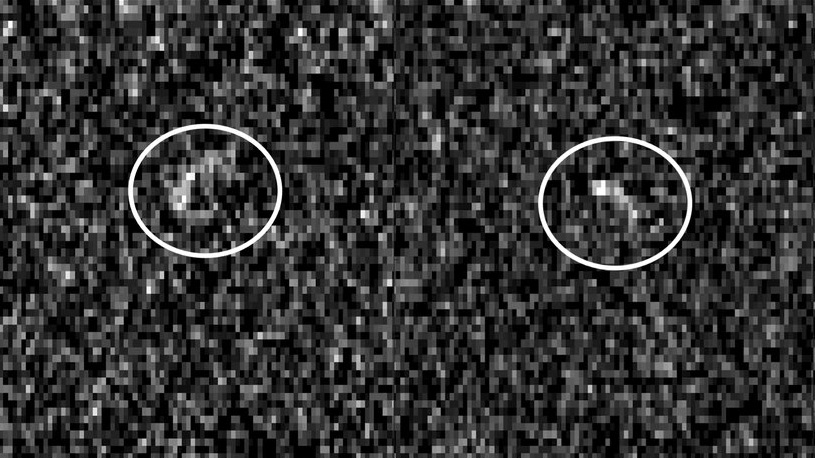An early-stage mission concept could see laser-driven light-sail probes visit a notorious asteroid. The space rock Apophis , which poses no threat to Earth whatsoever for at least 100 years , will make a harmless but very close flyby of our Earth in 2029. Scientists have already figured out a way to visit Apophis after the flyby: NASA’s OSIRIS-REx spacecraft will visit the asteroid after dropping off samples from another space rock at Earth, the agency decided in April. But 2029 might be just enough time to squeeze out a few more mission ideas. A conference held online May 11 and 12 by the Houston-based Lunar and Planetary Institute investigated possible applications for planetary defense. Among the presentations was one describing an idea to test out a rapid launch scenario in case of impending trouble, not that we have found any asteroids to worry about yet. It also could serve as an early test for another laser-driven craft that may go interstellar one day, known as Breakthrough Starshot . Related : Huge asteroid Apophis revealed in photos The May 12 presentation , by Paul Blase of small satellite startup Space Initiatives Inc. of Florida, outlined a mission concept that would launch a pair of mini spacecraft aboard a Black Brant sounding rocket. Each probe would be armed with a few simple instruments like tiny cameras and spectrometers. One spacecraft would release above the thickest part of the atmosphere at 46 miles (75 kilometers), while the other would release at the rocket’s maximum altitude of 930 miles (1,500 kilometers). A laser array fired from Earth (potentially at NASA’s facility on Wallops Island in Virginia, Blase suggested), would then push each probe to an apogee of 18,600 miles (30,000 km). The Friday the 13th flyby of Apophis in 2029 will see the asteroid pass by in this range, which is so close that it is within the orbit of some satellites. The first 3D-printed probe would impact the asteroid, while the second would observe the impact plume with a spectrometer, Blase explained. The data would be recovered from the second spacecraft after re-entry. “This is only a gram,” he said of the impacting spacecraft’s mass, “so it’s not going to do much. But it will raise a plume.” The team is considering other mission concepts, too. There could be regular flybys in the weeks before, during and after approach, for example. Each of these concepts would cost about $2 million, Blase estimated, which is relatively cheap for spacecraft development. He estimated it would only take five years to put the mission together. “And then once Apophis comes through, everything’s done in about 12 hours,” he said. Testing an asteroid rapid-response capability will be critical for planetary defense one day, Blase said. Space-rock tracking has improved, but many (harmless) near-Earth asteroids are spotted with a week or less to go before their first known flyby. The team envisions having these little laser-driven craft on standby to rapidly approach a hazardous space rock and redirect it. “All of the basic technology in the this proposal currently exists,” he said, adding, “We believe that Apophis offers a good opportunity to develop these capabilities for future use.” — Planetary defense experts use infamous asteroid Apophis to practice spotting dangerous space rocks — Huge asteroid Apophis flies by Earth on Friday the 13th in 2029, a lucky day for scientists — Scientists prepare for their last good look at asteroid Apophis before 2029 flyby While this early-stage and so-far unfunded proposal is not associated with the ambitious Breakthrough Starshot that hopes to reach the Alpha Centauri system in a few decades, Blase said his team’s laser craft would serve as a help for that mission’s planning. For example, the laser array necessary for the asteroid mission would be tens of megawatts instead of gigawatts, meaning testing could occur at a smaller scale for feasibility. The Apophis mission also would happen very close to Earth, allowing for engineering assessments to take place before an interstellar craft departs. Follow Elizabeth Howell on Twitter @howellspace . Follow us on Twitter @Spacedotcom and on Facebook .
From: space
URL: https://www.space.com/apophis-spacecraft-laser-light-sail-2029/



